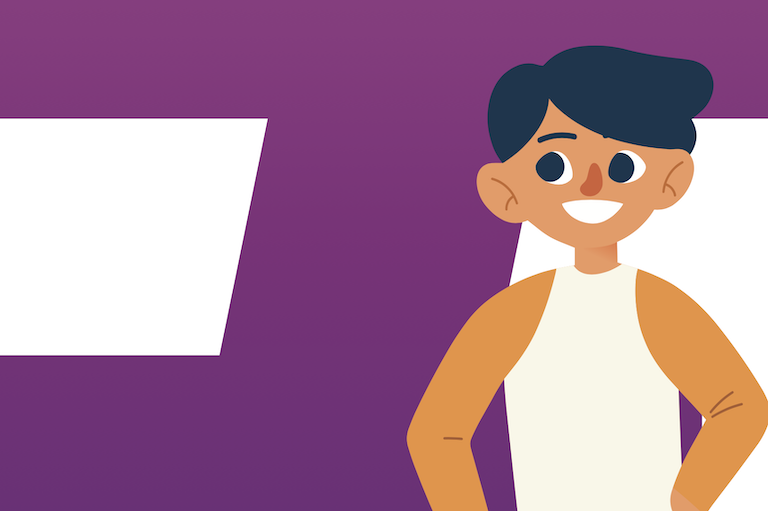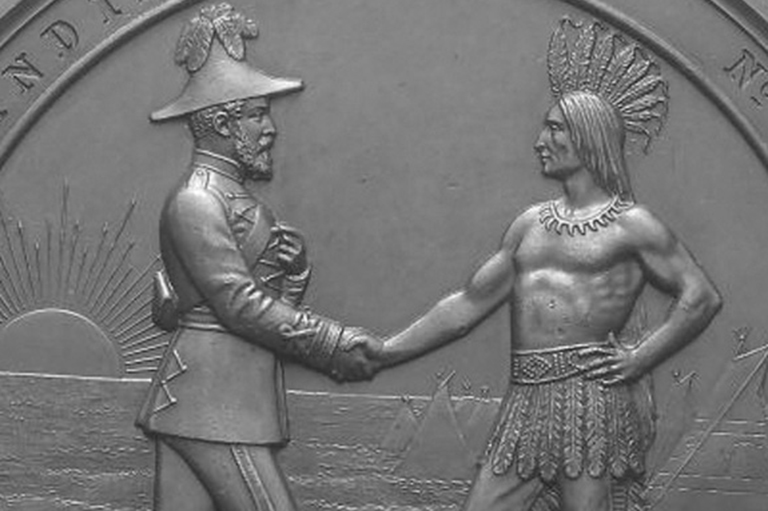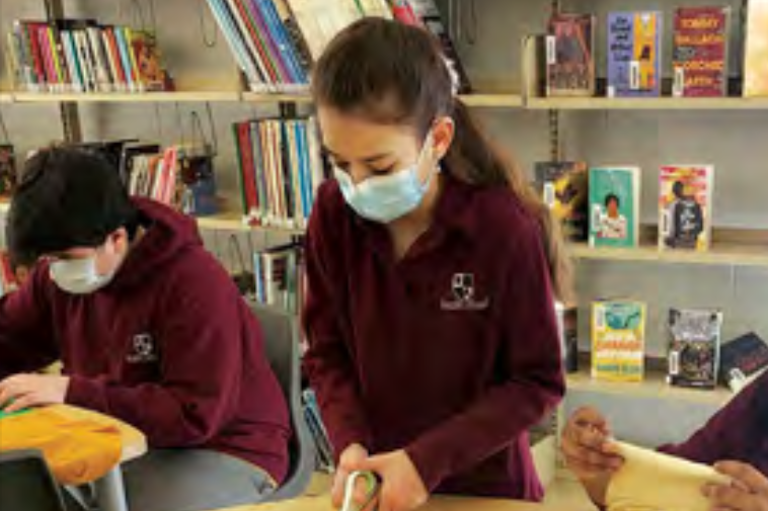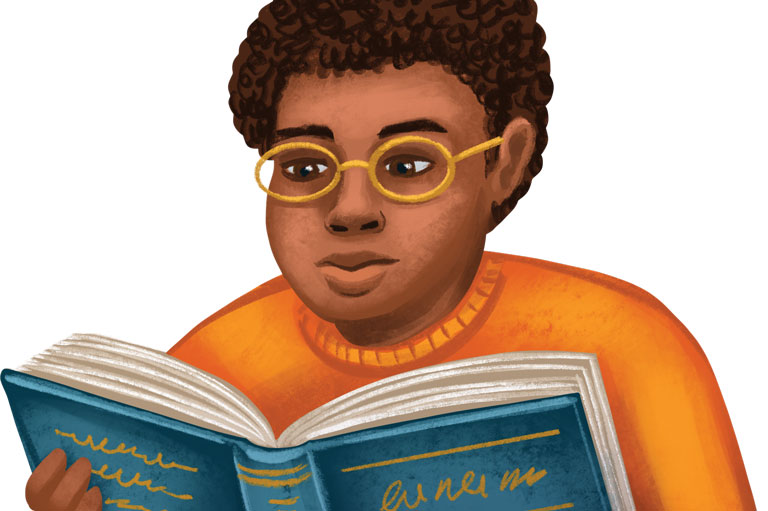Seeking Sources: Creating a Primary Source Database
Grade Levels: 4-12
Subject Area: History, Social Studies, Primary Sources
Lesson Overview
In this lesson students learn to locate primary sources in reliable local, provincial/territorial, and national repositories to create a class database for future historical inquiry projects. First, they learn/review the differences between primary and secondary sources by completing a mind map with definitions and examples for each type of source. Next, students follow along as the teacher demonstrates how to conduct online searches for reliable sources, using the example of historical newspapers. The lesson culminates with students developing a list of website links and short descriptions for the following types of primary sources: documents, photographs, videos, oral testimonies, and artifacts.
Time Required
One class period
Historical Thinking Concept
- Use primary source evidence
Learning Outcomes
Students will:
- Define the terms primary source and secondary source.
- Identify examples of primary and secondary sources.
- Locate primary sources in reliable local, provincial/territorial, and national online repositories.
- Explain the process used to determine whether primary source repositories are reliable.
Background Information
“Ultimately, the foundations for all claims in history are the traces left over from the times in which past events occurred. If we rely on the work of earlier historians, we do so knowing that these historians (or the historians they relied on) went back to primary sources. Making an historical claim that others can justifiably believe, then, requires finding, selecting, contextualizing, interpreting, and corroborating sources for an historical argument” (Peter Seixas & Tom Morton, The Big Six Historical Thinking Concepts, p. 5).
History involves the interpretation of evidence. When primary and secondary sources are analyzed they become “evidence” which plays an important role in historical inquiry.
Primary sources are accounts, traces, relics, or records created by people who lived during the time under study (e.g., speeches, diaries, newspaper articles, monuments, songs, recipes, toys, photographs, etc.). Secondary sources are created after the time period under study by someone who did not experience firsthand or participate in the events discussed (e.g., textbooks, books, blog posts, documentaries, etc.).
It should be noted that things aren’t always so straightforward! Sometimes the same source can be both a primary or secondary source, depending on how it is used. For example, a newspaper article from 2014 that describes how the First World War began in 1914 could be a secondary source (it was created by someone who did not experience the war firsthand who relied on other sources to construct their account) and a primary source (it documents how the war was commemorated and discussed during the war’s centenary in 2014). This newspaper article would become a primary or secondary source based on the particular questions asked by historians.
Lesson Activity
Activating: How will students be prepared for learning?
Ask questions about primary and secondary sources to activate prior knowledge.
Record ideas on a mind map using a white board or virtual white board. Students complete student handout 1.
- What is a primary source? Examples?
- What is a secondary source? Examples?
Explain that sometimes it can be difficult and time-consuming to access reliable sources so the class will develop a database of website links to use for future historical inquiry projects.
Acquiring: What strategies facilitate learning for groups and individuals?
Project student handout 2 on the board or share the teacher’s computer screen.
Explain that museums, archives, libraries, historical societies, and community knowledge keepers are reliable repositories of primary sources. Reliable means good quality and trustworthy. A repository is a place where things of historical value are stored or a person who has been trusted with valuable knowledge.
Provide an example for students:
- Type into a search engine “newspaper archive” and “[your town/city]”
- Search through the list of results and select a website from a reliable repository (e.g., digitized local newspapers from your town/city library).
- Scroll through the website to locate information about the author/ organization, date last updated, and the types of primary sources available.
Encourage students to practice using their devices to search for local, provincial/ territorial, and national newspaper databases, using similar search terms as above.
Have students describe the websites to the class or share links using discussion boards or chat features in online learning platforms.
Record website descriptions and links under each column in the “newspapers” row of the chart.
Ask: How do we know these are reliable websites for accessing primary sources?
Encourage discussion and questions.
Applying: How will students demonstrate their understanding?
Divide the class into 5 groups.
Assign each group one of the 5 remaining types of primary sources.
Instruct students to complete their section of the chart in student handout 2. They must provide 3 website descriptions and links under each category (local, provincial/ territorial, national).
Provide an opportunity for each group to present a short 2-minute description of their links and explanations of how they know the websites selected are reliable.
Lead a class discussion to reflect on the activity:
- How easy or challenging was it to find primary sources (different types, local vs. national)?
- How might you use this class database for a future historical inquiry project?
Materials/Resources
- Student Handout 1 – one copy per student
- Student Handout 2 – saved as a Google Doc or on similar sharing platform
- White board or virtual white board
- Laptops or other devices (one per student)
Extension Activity
Have students explore the website links provided by other groups and select one primary source they might use for a historical inquiry project.
Themes associated with this article
Advertisement







